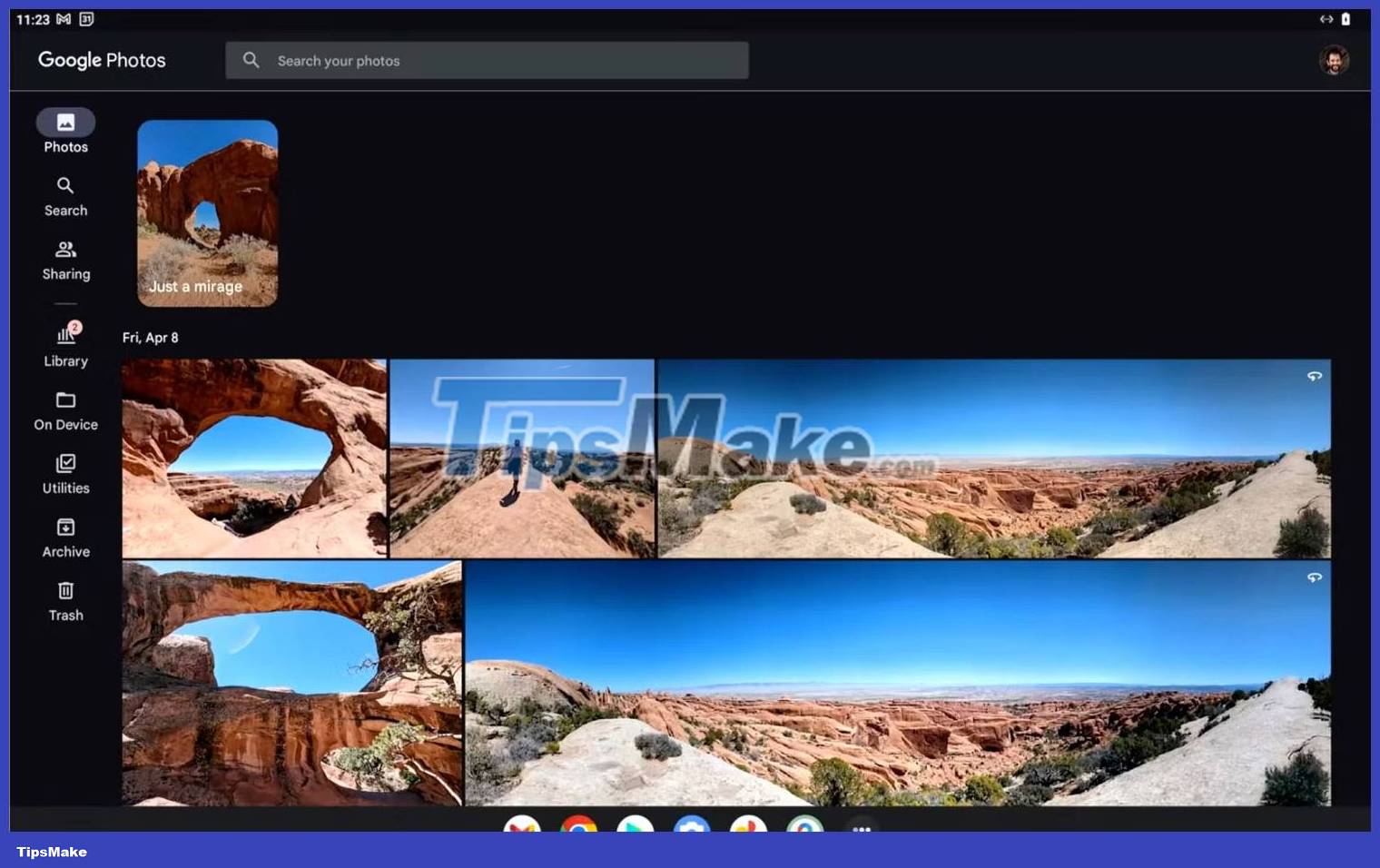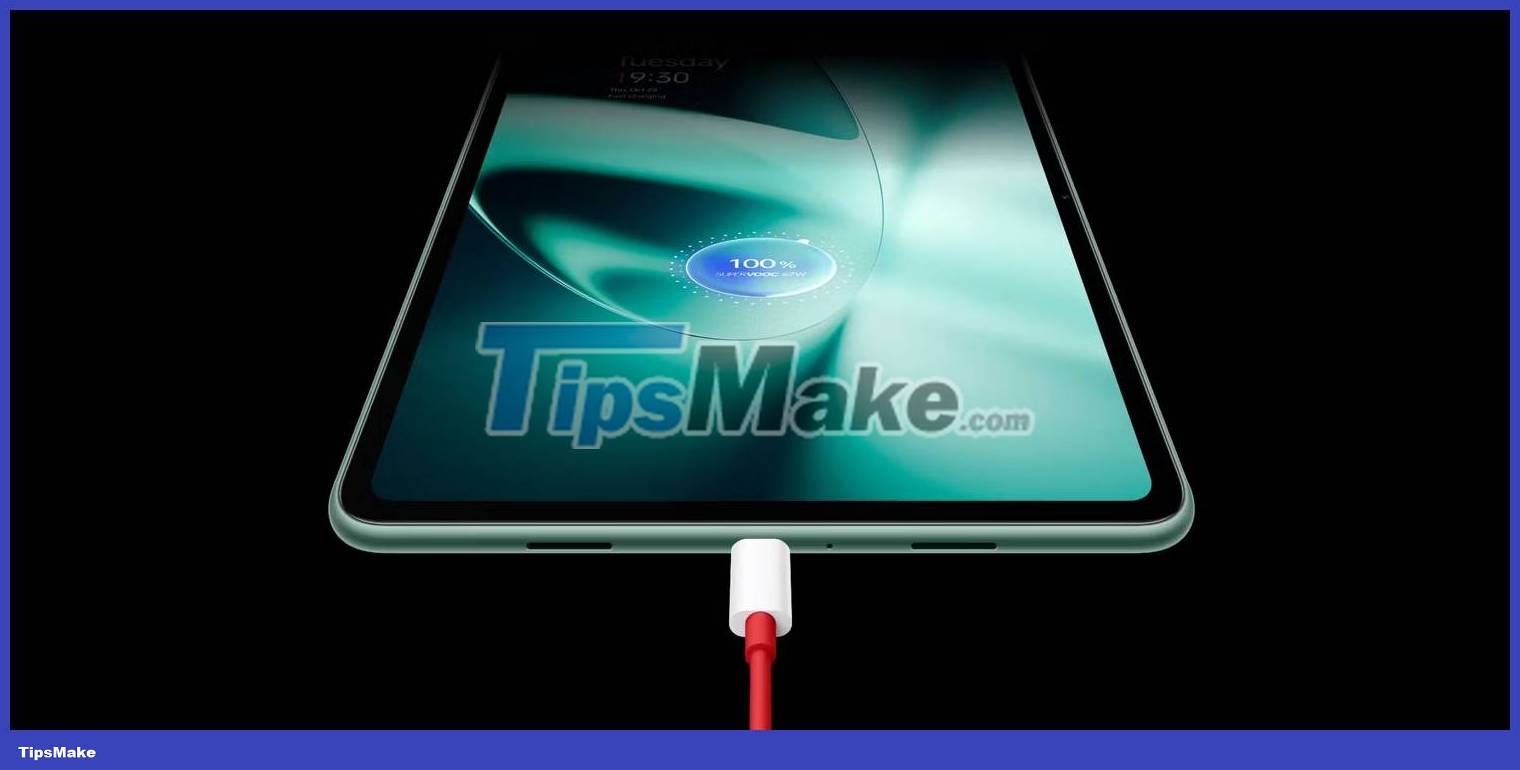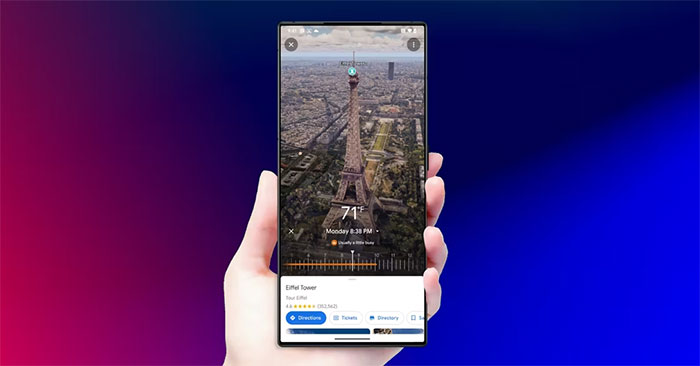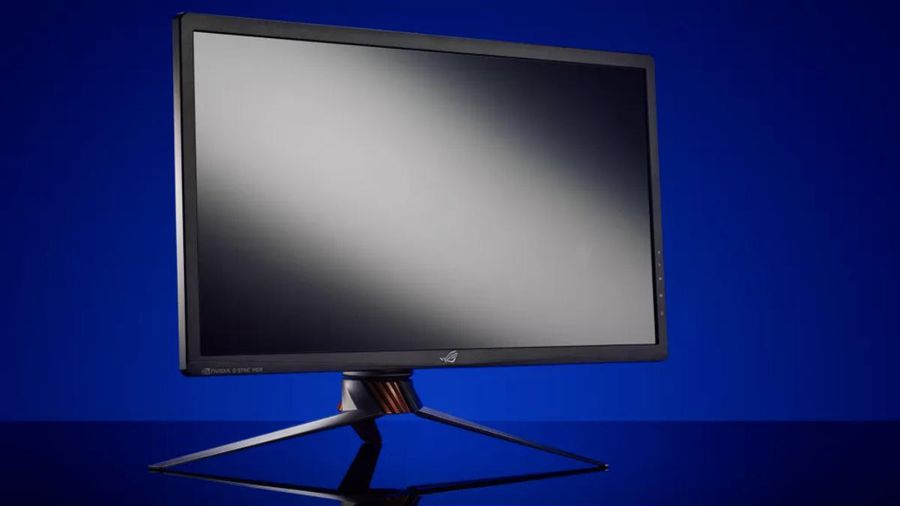Are Android tablets worth buying?
Android tablets have long lagged behind Apple's iPads. For a while, it seemed like Apple was the only company with a tablet worth buying, given some of the options in the Android market that weren't as prominent.
But after improvements to the software, it looks like Android tablets are now a game changer.
Take a look at the current state of Android tablets, the latest developments, to determine if they're worth buying or if the iPad remains the top choice when choosing a tablet.
Why can't Android tablets compete with iPads in the past?
First, we need to analyze why so few people choose Android tablets because for a long time they have been overshadowed by Apple's iPad lineup. The story begins with the launch of the iPad in 2010. Witnessing the success of the iPad, various technology companies have rushed to produce low-cost Android tablets in hopes of regaining some market share from Apple.
Unlike iPads, Android tablets are merely large-screen devices running Android, an operating system built for smartphones. There weren't any software optimizations - in fact, Android tablets flooded the market while Google was still developing Android 3.0 Honeycomb, a special version of Android for large devices.
Honeycomb launched in 2011 with various optimizations to take advantage of the large screen. Despite the improvements, according to reviews, Honeycomb crashes frequently and there are very few apps available on the platform that can take advantage of the large screen. This is despite Google giving developers tools to optimize their apps for the big screen.
But given the small size of the market and so many variations in hardware that need to be supported, it's not worth the time for developers. That means the software experience is unfinished. Not to mention Honeycomb itself is harder to use and less intuitive than Apple's iOS on the iPad.
Android tablets have a bad reputation
The reputation of Android tablets was ruined from day one. Key issues like fragmentation, poor app optimization, and lack of an intuitive user interface plagued Android tablets for years to come. Android's shoddy software update policy doesn't help either.
This makes the iPad a practical choice for anyone looking to buy a tablet. Ultimately, the selection of Android tablets in the market dwindled due to poor sales, while the popularity of the iPad continued to grow. Google has also neglected Android tablets for a while. The company is constantly introducing improvements to the platform on smartphones, but rarely anything for tablets.
On the other hand, Apple continues to improve the iPad. With iPadOS, the platform is better and easier to use, it has tight integration with other Apple operating systems and a wide selection of apps. If you take all of this together, there's no question why Android tablets can't compete with iPads.
Android tablets are making a comeback
Despite the bleak past, recent developments suggest that Android tablets are finally making a comeback in a variety of ways.
First, Google is finally taking the initiative to address the software problem. The company started with the launch of Android 12L in October 2021, an optimized version of the operating system aimed at improving Android on large-screen devices. Android 12L enhances app compatibility and multitasking, delivering a new, improved user interface to make tablets easier to use.

Google continues its interest in tablets with Android 13, bringing new features to improve the Android experience on the big screen, including support for split-screen apps, drag-and-drop functionality, a persistent taskbar, and improved notification shade. All in all, these features have greatly improved the software experience.
This was followed by app optimization from Google, and some third-party developers like Facebook and Canva also worked to improve their apps on the big screen. App optimization work is still underway as of July 2023, but it's good to see some developers committing to this goal.
Second, two of the major smartphone brands have launched new tablets. Google introduced the Pixel Tablet, a 10.95-inch device powered by Google's Tensor G2 chip, which starts at $499.
As the company that owns Android, Google's return to the tablet market signals a bright future for this segment. It symbolizes the company's ongoing work to ensure that the overall Android experience on tablets is intuitive, something it has been paying attention to since 2021.

Alongside Google, OnePlus has launched its first tablet, the OnePlus Pad, with a slightly larger 11.61-inch display powered by the MediaTek Dimensity 9000, which starts at $480.
The launch of the two devices adds more options to potential buyers, in addition to the usual Samsung products. Hopefully this will help spark consumer interest in Android tablets, make the market more competitive and ultimately bring more value to consumers at a lower cost, similar to what we see in the Android smartphone market.
Should you buy an Android tablet?
This also depends. Despite recent developments, not all apps are fully optimized for Android tablets. So if you're primarily looking for a tablet-sized device with an ecosystem of apps developed to do different things, that's going to be hard to find in the Android ecosystem.
Recent reviews of the Pixel Tablet show that most third-party apps are still smartphone apps, without any big screen optimizations. If you want to use everyday apps that aren't made by Google on your Android tablet, you shouldn't expect too much of an optimization. It would be better if you use an iPad.
That means, as it stands, the iPad remains the top choice for most people looking for a tablet. But if you're more into media consumption than productivity, apps, or gaming, you can buy any Android tablet.
You should read it
- Why are Android tablet apps so bad?
- Top 5 best cheap Android tablets 2019
- Top 9 best tablets 2019
- 9 experiences for new Android tablet users
- How to build an Android tablet with a Raspberry Pi
- 10 games for your cat on your iPad or Android tablet
- Microsoft Office for Android tablet officially launched
- How to Reset Lock Pattern on Android Tablet
- Google has stopped selling its Pixel C tablet
- Just 10 years old, iPad has shown absolute overwhelming position before Android rivals
- NEC LifeTouch mini tablet running Android
- Unpack Galaxy Tab S6: The best Android Tablet is better now, with trackpad, SPen wireless charging, in-screen fingerprint and dual camera






 5 reasons to switch to Android tablets
5 reasons to switch to Android tablets Top 5 Android TV Box models worth buying today
Top 5 Android TV Box models worth buying today Top 9 best tablets 2019
Top 9 best tablets 2019 Is PS4 still worth buying?
Is PS4 still worth buying? Top 5 thin, light, good graphics laptops worth buying
Top 5 thin, light, good graphics laptops worth buying Top 5 Gaming monitors worth buying 2021
Top 5 Gaming monitors worth buying 2021